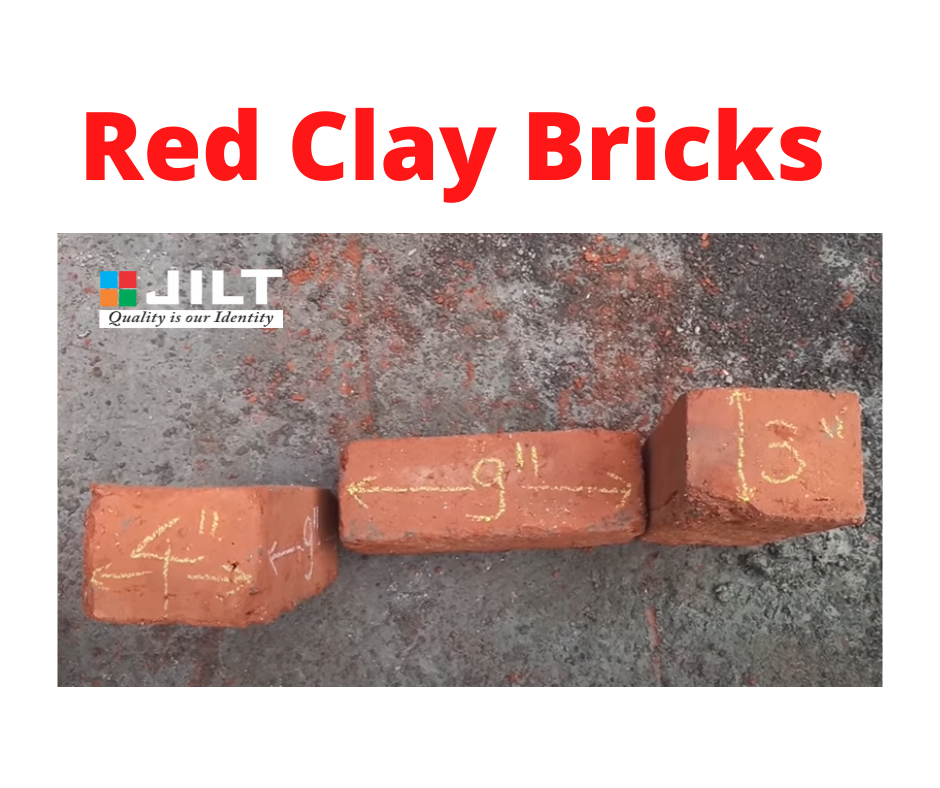ORDINARY PORTLAND CEMENT
Definition:
Ordinary Portland Cement (OPC) stands as the predominant choice in the realm of cement, acclaimed for its widespread applicability across diverse concrete construction projects. As the foremostly produced and utilized variant of cement globally, OPC serves as a foundational element in myriad construction endeavors.
Distinguished as hydraulic cement, OPC undergoes setting and hardening through a chemical reaction with water, culminating in the formation of a robust and enduring material. Its production involves the grinding of clinker—a blend primarily comprising calcium silicates and calcium aluminates—augmented by the inclusion of a minor proportion of gypsum, meticulously regulated to govern the cement’s setting time.

key features :
- Compositions: Ordinary Portland Cement (OPC) comprises four primary minerals, namely Tricalcium silicate (C3S), Dicalcium silicate (C2S), Tricalcium aluminates (C3A), and Tetra calcium aluminoferrite (C4AF). These fundamental compounds play a pivotal role in determining various properties of the cement, including setting time, early strength development, and heat generation during hydration.
- Grades: OPC is available in different grades denoted by their compressive strength at 28 days. Common grades include OPC 33, OPC 43, and OPC 53, where the numerical value represents the minimum compressive strength in mega pascal (MPa). Notably, OPC 53 is distinguished for its higher strength and finds application in critical structural projects.
- Versatility: OPC stands as a versatile cement type, aptly suited for a diverse range of construction applications. Its utility spans across general construction projects, residential buildings, commercial structures, roads, bridges, and precast concrete products, owing to its inherent adaptability and reliability.
- Mixing and Handling: OPC is typically blended with aggregates such as sand, gravel, or crushed stone, along with water, to form concrete. Moreover, it can be effectively combined with supplementary construction materials like fly ash and slag to enhance specific properties of the concrete, facilitating ease of handling and optimizing performance.
- Curing: Proper curing practices are imperative for OPC to attain its full strength and durability. Similar to any cementitious material, OPC necessitates meticulous curing procedures to prevent cracking and foster the formation of robust cementitious bonds, thereby ensuring the long-term integrity and resilience of the concrete structure.
- Sustainability: Despite its widespread usage, OPC production entails high-temperature processes that emit CO2 during the calcination of raw materials, thereby contributing significantly to greenhouse gas emissions in the construction industry. In response to this environmental impact, concerted efforts are underway to explore and develop more sustainable and eco-friendly cement alternatives. Initiatives such as low-carbon cements and supplementary cementitious materials are being actively pursued to mitigate the environmental footprint associated with OPC production.



